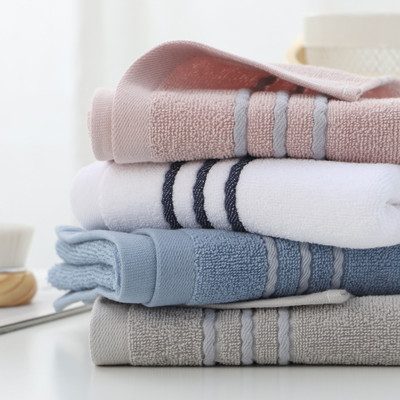Have you ever wondered why some hand towels are more effective at drying your hands than others? The answer lies in the science of absorbent materials. In this article, we’ll explore the key factors that determine hand towel absorbency.
1. Fiber Structure The structure of the fibers in a hand towel greatly influences its absorbency. Towels made from long, twisted fibers, such as Egyptian or Pima cotton, create more surface area for water to adhere to. Microfiber towels, composed of ultra-fine synthetic fibers, also exhibit excellent absorbency due to their unique structure.
2. Capillary Action Capillary action is the phenomenon that allows liquids to flow against gravity in narrow spaces. The tiny gaps between the fibers in a hand towel create capillaries that draw water in and allow it to spread throughout the towel. This action is what makes a towel feel damp after use.
3. GSM and Pile Height GSM, or grams per square meter, is a measure of a towel’s density. Higher GSM towels have a denser pile and more fibers, which contribute to increased absorbency. However, pile height must also be considered; a taller pile can hold more water but might take longer to dry between uses.
4. Finishing Techniques Manufacturers often use finishing techniques to enhance a hand towel’s absorbency. One common method is terry loop weaving, which creates raised loops that can capture water effectively. Some towels also undergo special treatments to improve their moisture-wicking properties.
In summary, hand towel absorbency is a complex interplay of fiber structure, capillary action, GSM, pile height, and finishing techniques. By understanding these factors, you can make informed choices when selecting hand towels that offer optimal drying performance.







